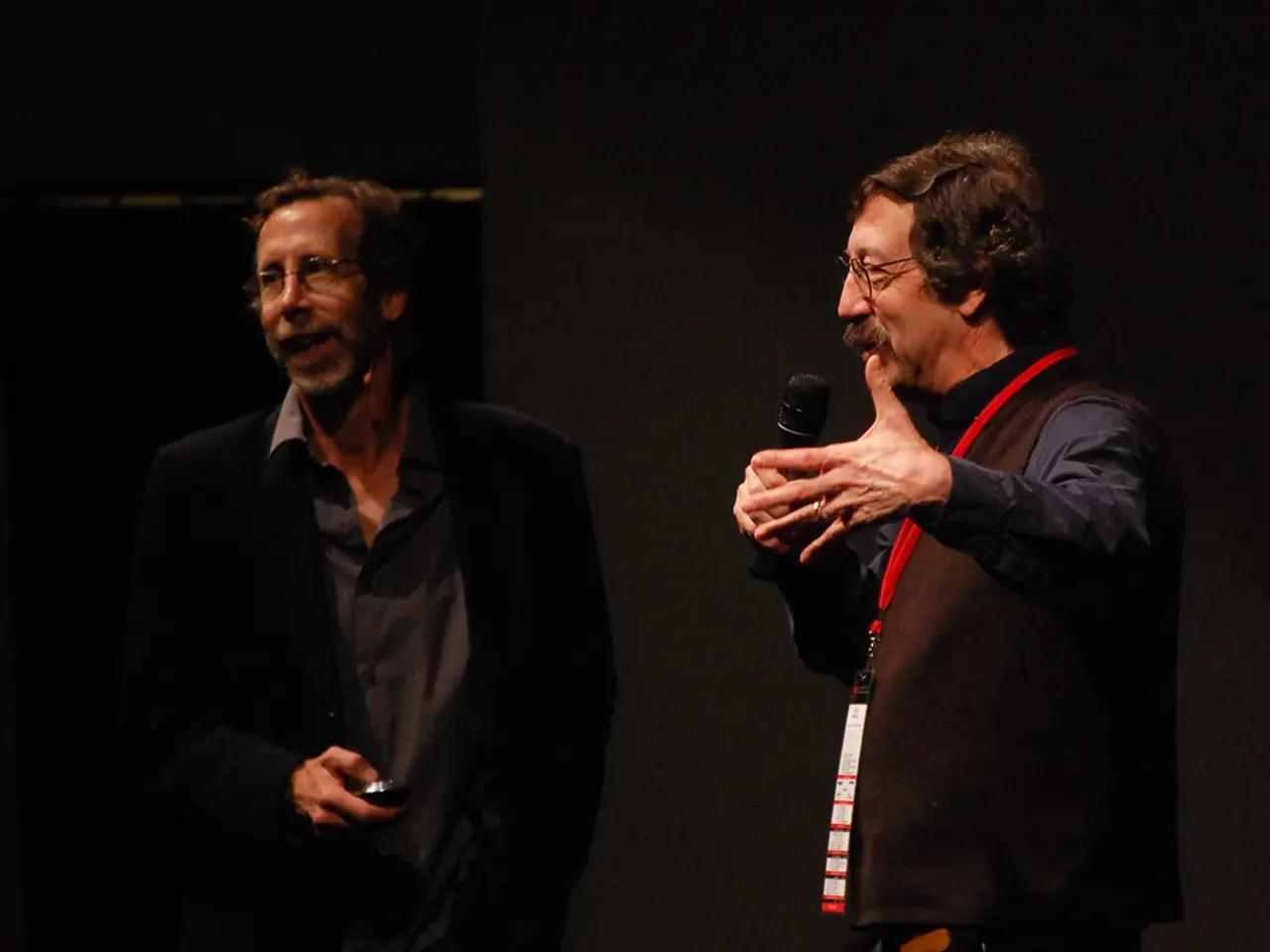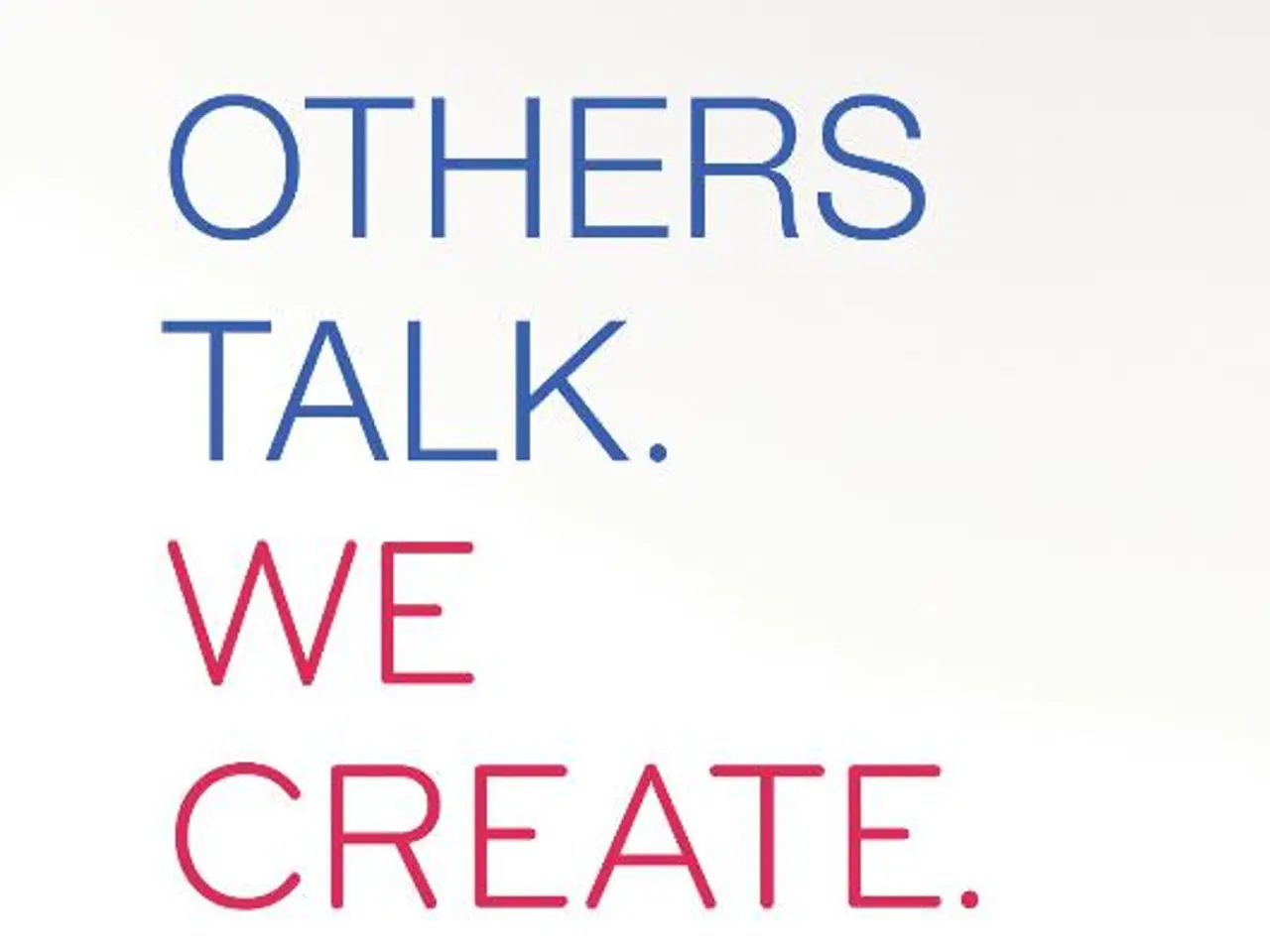Language Evolution: Insights from a Linguistics Scholar on the Origin of Emerging Words
In the rapidly evolving world of modern technology, new terms are spreading at an unprecedented pace, thanks to social media and global news cycles. This transformation of language is not lost on adults, who often express humorous reactions to terms like "cap," "sus," "rizz," "bet," "ate," "cheugy," and "low-key," which are part of the Gen Alpha lexicon.
Understanding neologism patterns helps us appreciate language as a living, breathing entity shaped by community use, cultural identity, and technological advancement. The process of a word becoming "officially" part of the language is more fluid than many realize.
The key difference today is the speed and scale of dissemination, with social media enabling instant global communication and dramatically accelerating how neologisms travel through speech communities. A term must have a community of use for it to be accepted and used more broadly.
The journey of a neologism begins with its creation and initial use. Most neologisms arise not as entirely new inventions but through repurposing or subtly shifting meanings of existing words or phrases. Sometimes, entirely new terms appear, like "yeet," a recent addition to American slang that means to throw something away.
The term then needs to be adopted by a community. This community usage is crucial for the word’s survival and broader diffusion. If the word proves useful and resonates culturally, its use broadens beyond that initial group, often spreading rapidly today through social media and global news cycles.
Examples of generational terms include "rad, cool, fly, hip, neato, fire, lit, and savage." Terms like "work," "yes queen," "serve," and "slay" exemplify this, having gained widespread use in recent years. The term "social distancing" gained widespread use during the pandemic and has remained in collective memory for potential future use.
These terms often function as markers of in-group versus out-group identity. Cultural shifts significantly influence neologism creation, with marginalized communities often driving mainstream language innovation.
Informal recognition of new words can come from dictionary additions or the American Dialect Society's Word of the Year vote, but these do not confer official status. Over time, the neologism may become standardized through repeated use in media, education, and literature, and might eventually be noted in authoritative references like dictionaries, signifying broad acceptance.
According to Christopher Green, an associate professor of linguistics in the College of Arts and Sciences, the future of language evolution depends on whether communities find new words useful enough to adopt and maintain over time. Most new words in American English are repurposed pieces of existing terms or nuanced changes of existing meanings, Green notes.
In summary, a neologism becomes part of mainstream American English dialect through community adoption, utility, cultural resonance, and dissemination, increasingly facilitated by technology, rather than through any centralized or official decree.
- Social media serves as a platform for the rapid spread of new terms, facilitating the adoption and diffusion of neologisms across communities, as seen with the term "social distancing" during the pandemic.
- The entertainment industry, fueled by the global reach of social media, plays a significant role in disseminating neologisms by adopting and popularizing terms that resonate culturally, further contributing to their broader acceptance in the language.







